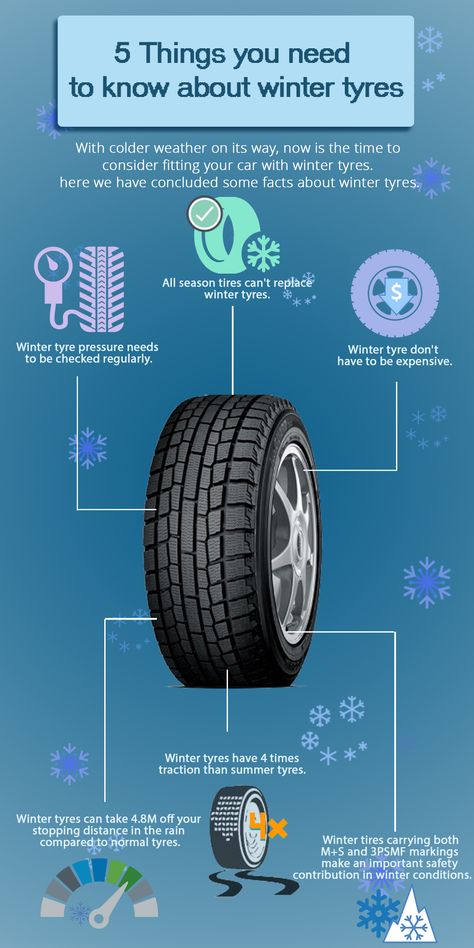Whether your region requires you to install snow-rated tires during the cold months or you simply want to sport them for added safety, you should know how much a winter tire costs. Many car owners just don’t install winter tires because they believe they’re unaffordable.
While winter tires are typically known to be more expensive, affordable options from growing tire brands like Sailun Tire don’t compromise on the quality and performance drivers expect on the icy roads.
But even the pricer ones are more affordable than your rising insurance premium, likely medical bills, and automotive repairs (not covered in the insurance policy) that you must endure due to an accident in harsh winter conditions.
Here, we will explain the cost of different winter tires and the additional expenses associated with them. If you’re in the market for new winter tires — from value-based to premium — check out our full buying guide here.
Many factors affect the price of winter tires, including brand, type, quality, and size. Since every brand has its own criteria to evaluate the price for its rubber, we would avoid commenting on it. However, we will specifically discuss type, quality and size to give you a fair idea of winter or snow tires.
For a compact car with a famous 205/55R16 size, below are approximate prices.
The three main types of winters you find in the market include studless, studded, and winter performance.
Studdless Tires
For most people, studdless winter tires are a perfect companion in cold conditions. These incorporate biting edges and soft rubber compounds, making them flexible for winter. A standard studdless tire will cost you anywhere between $60 and $550, each.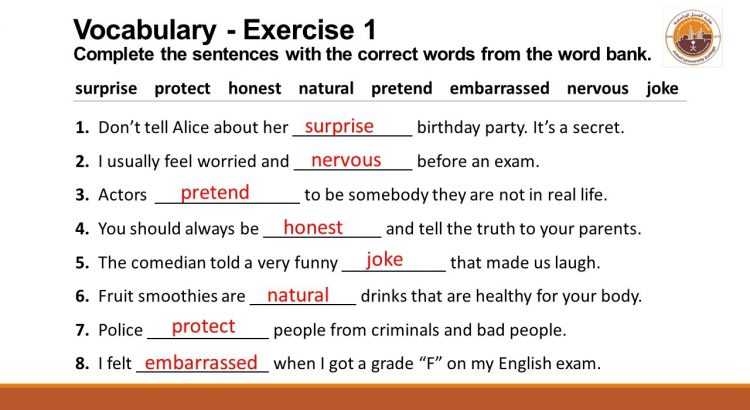
On average, for a typical compact car, expect to pay around $100-$150 per tire or $400-$600 for all four. For an SUV or light-duty pickup, the price goes up to $200-$400 each or $800-$1,200 for a set of four.
Studded Tires
For extreme weather conditions like freezing rain, sleet and wet ice, studded tires are ideal for a safe driving experience. The metal studs fixed on these tires bite into ice, giving you improved grip and handling. A studded rubber would cost you around $75-$550 or more per tire. For two pairs, you can expect to pay between $300 and $2,200.
There are also studdable options, like the Sailun Iceblazer WST1 studdable performance winter tire trusted by over 1-million drivers in Canada alone, which won’t break the bank yet designed for drivers that demand maximum traction in severe weather conditions.
Sailun IceBlazer WST1 studdable winter tireSailun IceBlazer WST1 studdable winter tireWinter Performance Tires
For guys who do not want to leave their sports cars or performance sedans in their garage in winters, they should put on winter performance tires. They are designed to offer excellent traction at high speeds on wet and dry roads. However, they are not your perfect companion for ice or snow-packed roads. A regular high performer is available at around $100-$500 each or $400-$2,000 for all four.
They are designed to offer excellent traction at high speeds on wet and dry roads. However, they are not your perfect companion for ice or snow-packed roads. A regular high performer is available at around $100-$500 each or $400-$2,000 for all four.
For all the prices we mentioned above, the smaller the size, the lower the cost. However, the price variation also depends on the tire brand, with American tires selling higher than Chinese-made tires.
The prices we shared above are purely for snow tires; they do not include installation charges. For installation, you have two choices. You can either mount the winter rubber on the existing wheels or buy a new set of wheels for all tires.
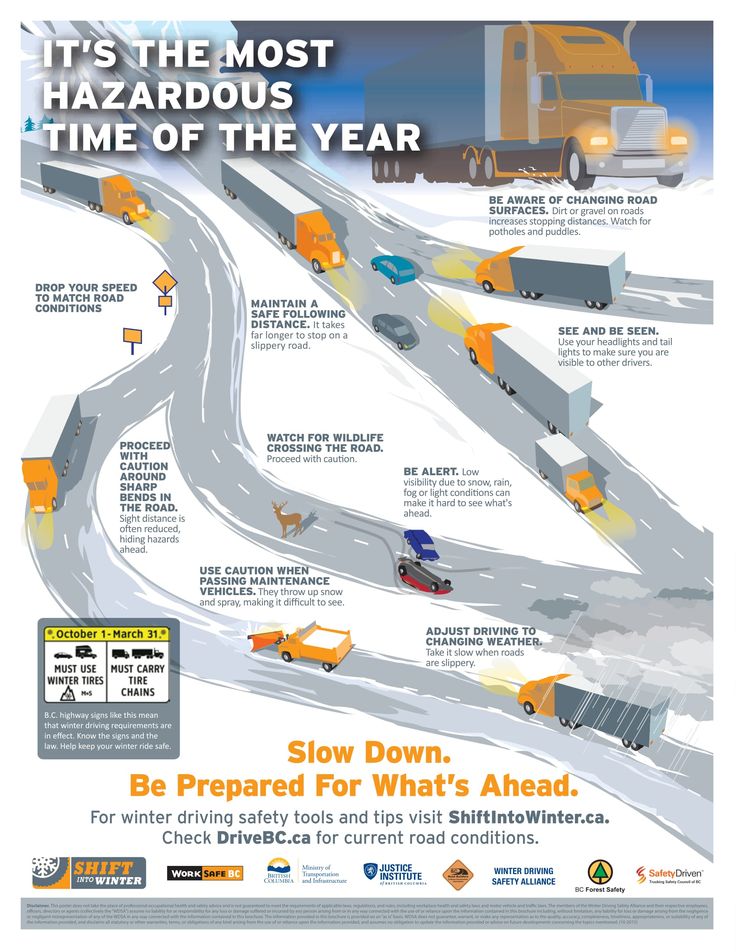 On the other hand, you can buy new wheels for all tires, making it effortless to put on winters when the snow, ice, and slush appear. The four new wheels will set you back $120-$500 or more. You can always try secondhand wheels; they may cost as low as $40-$80.
On the other hand, you can buy new wheels for all tires, making it effortless to put on winters when the snow, ice, and slush appear. The four new wheels will set you back $120-$500 or more. You can always try secondhand wheels; they may cost as low as $40-$80.
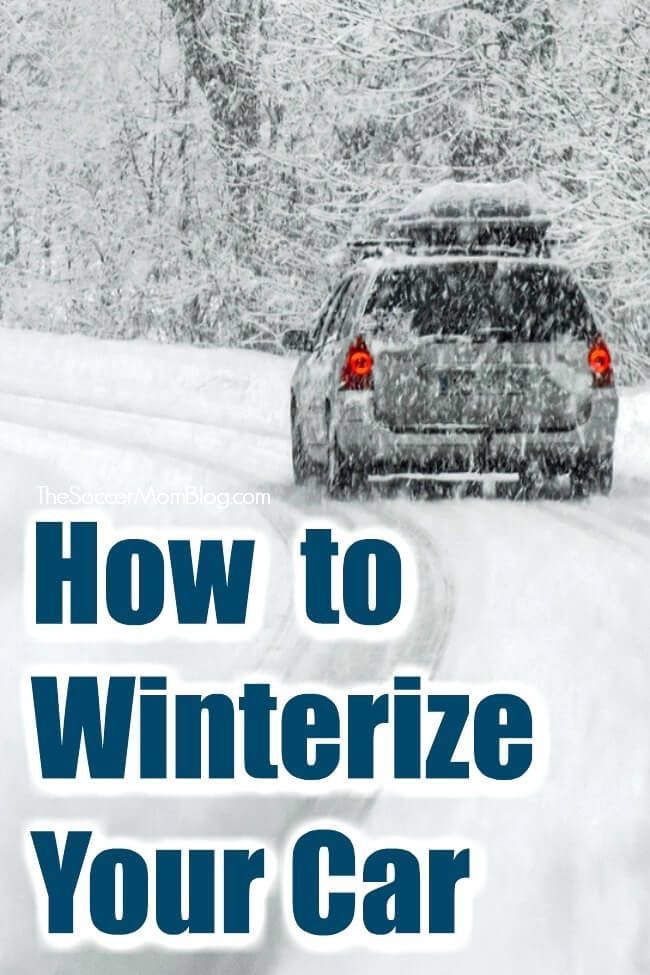 Some retailers provide direct discounts, while others may give you mail-in rebates. You may find them in the shape of gift cards or prepaid cards. The discount amount may vary as per size and model.
Some retailers provide direct discounts, while others may give you mail-in rebates. You may find them in the shape of gift cards or prepaid cards. The discount amount may vary as per size and model. Consumer Reports says that winters tires increase the snow traction by 34%, thus making it easy for you to stop and maneuver the vehicle. These tires actually cut the braking distance by around six feet. That six feet distance is often the gap between you rear-ending a car or drifting into a crossing against carefully coming to a halt without causing a mishap.
Buying the snow tires also enables you to enjoy insurance savings as well as better fuel mileage (if you maintain them well).
Of note, 76% of all Canadians change their all-season tires with snow tires to enjoy better traction and control. Most car owners say that these tires have saved them a possibly dangerous condition.
Related Posts
Here's an all-too familiar winter driving scene: the roads are dusted with slippery, powdery snow and the all-season tires that came with your car seem to be getting the job done. Until your back wheels start to fishtail. Or you brake for a traffic light -- and your car keeps rolling (skating?) toward that icy intersection for several more seconds.
Opt out of those nerve-wracking moments this winter. Get snow tires. Get your brakes, your traction (and your confidence) back.
Snow tires (also called winter tires) provide better traction and braking on winter roads compared to all-season tires, summer tires, or performance tires. The main advantages of snow tires come from cold-friendly rubber composition and precipitation-friendly tread design:
Deeper Tread Depth: Snow tire treads can grip though surface snow and slush.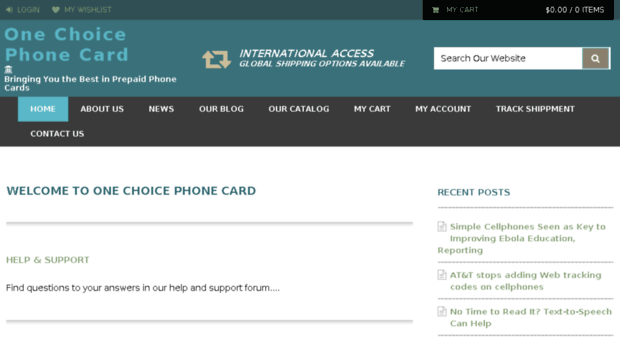
Groovy Tread Patterns: Snow tire tread patterns have more grooves, to increase the surface area for traction.
Wider Siping: Snow tire edges often feature more open channels called siping to evacuate water.
Softer Rubber: Snow tire rubber is formulated to stay flexible in temperatures below 45 °F / 7 °C (where other tires may develop cracks and premature wear).
Winter tires come in studded and studless types. (Technically, studdable tires are also on the market -- with holes in the tread to install your own studs.) Studded tires offer extreme traction, but give you a bumpy ride the rest of the time. Plus, studded tires damage roads. They’re only legal during winter in most of Canada and the U.S. -- and banned outright in some states. Studded snow tires were once the state of the art in snow tire design and many of us grew up with them. Studless snow tires are the standard winter tire choice today, thanks to decades of advances in tread design and rubber formulation.
All-season tires are not a substitute for snow tires. They’re designed to be a compromise between winter traction and warm-weather performance, comfort, and fuel efficiency. Both summer tires and winter tires outperform all-season tires in their areas of strength. And depending on where you drive, snow tires may be a requirement:
Vehicles registered in the province of Quebec must have four snow tires from December 1 to March 15 -- and they must be either studded or marked with the three-peak mountain snowflake (3PMSF) symbol. (Learn about 3PMSF tires.)
In several U.S. states, local officials have the power to mandate snow tires (or chains) during harsh weather or on snowy roads. New to an area with serious winters? Check with your state transportation department -- or your local Midas tire expert -- for current tire laws.
More and more off-road and all-terrain tires bear the 3PMSF “mountain snowflake” symbol indicating that they are snow-rated, but these tires aren’t a substitute for snow tires. They’re designed to include snow in the types of terrain they can handle, but most aren’t made of cold-tolerant rubber and they aren’t optimized for the full range of winter challenges -- such as icy streets when you aren’t driving off-road.
They’re designed to include snow in the types of terrain they can handle, but most aren’t made of cold-tolerant rubber and they aren’t optimized for the full range of winter challenges -- such as icy streets when you aren’t driving off-road.
Off-road driving can complicate your snow tire options. Trust Midas to help you find your perfect winter tires.
Related:
Learn more about all-terrain tires.
If winter temperatures in your area regularly drop below 45 °F / 7 °C, snow tires are well worth the extra expense - no matter how much (or how little) snow falls.
1. Snow tires offer better cold-weather traction whether it’s snowing or not, because they’re made of more cold-tolerant rubber than other tires. So “snow” tires offer peace of mind all winter -- even when there’s not a cloud in the sky.
2. Snow tire treads really do outperform all-season tires on snow and ice. In a test of multiple tire brands, Consumer Reports found that winter tires reduced braking distance on ice by an average of six feet, and improved snow traction by an average of 34%1.
Here’s another reason snow tires are worth the money: Keeping your regular tires off the road and safely stored during the winter months will extend their life for another two or three years.
Four matching snow tires are recommended for all passenger vehicle types. Your vehicle’s brakes and traction control are designed for all its tires to have the same traction capability. If you only change your front tires to winter tires, the back of your vehicle may spin out as the back tires grip the road loosely compared to the front. If you only install winter tires on the back of your car, you may find it difficult to turn your vehicle as the front tires encounter resistance from the back tires.
Winter tires excel in temperatures below 45 °F / 7 °C, and summer tires rule the road in warmer weather. It’s not just about snow -- it’s the rubber, too. Summer tires can grow brittle in cold weather, risking premature cracks and wear. Winter tires can become too soft in warm weather, increasing rolling resistance, compromising fuel efficiency, and wearing down your tire edges prematurely.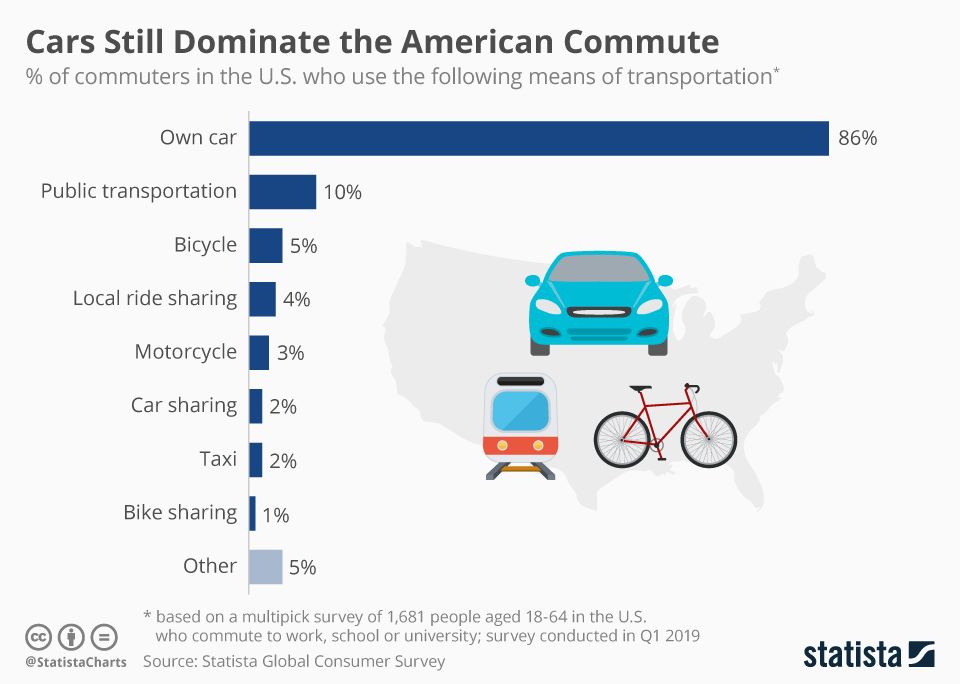
Snow tires should not be used when the temperature regularly exceeds 45 °F / 7 °C. Snow tires are made of softer rubber than other tires to counteract the brittleness that rubber takes on when cold. A winter tire used in warm weather becomes too soft, causing uneven tread wear and risking premature breakdown. The tread wear pattern on a snow tire used out of season looks much like the wear pattern on an under-inflated tire.
A set of snow tires that is properly used, maintained, and stored will provide most drivers with three to four seasons of superior winter traction. After that, the tires may be usable for several more winters, but without the full benefits of winter tires. Your tire manufacturer may offer guidelines, and the actual life of your snow tires will depend on your mileage, your driving conditions, and how you care for your tires. You can extend their life by using your winter tires in only cold weather, storing them properly in warm weather, maintaining proper tire pressure, and following a regular schedule of wheel alignment, tire rotation, and tire balancing.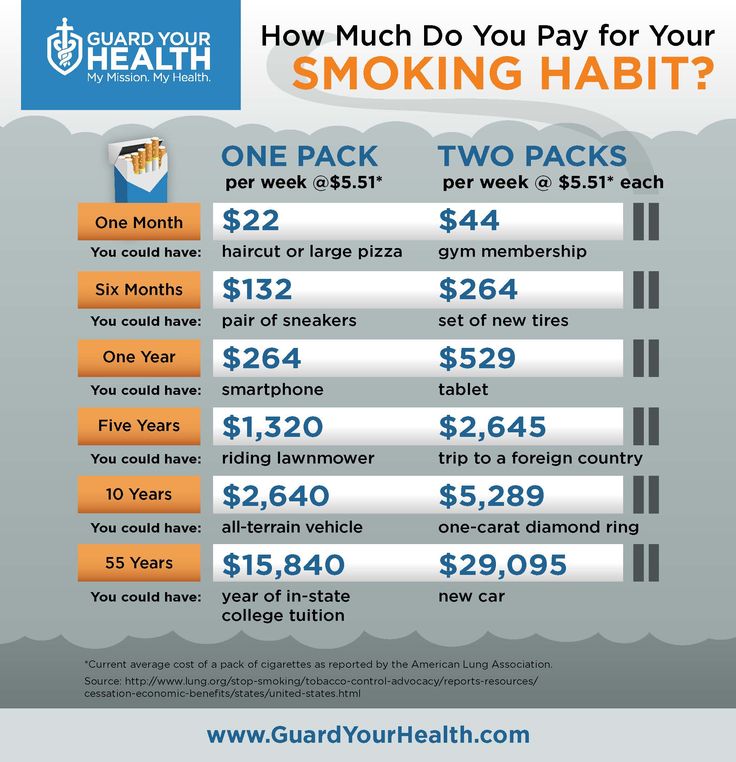
Replace your snow tires if they sustain sidewall damage, or when they’ve worn down below acceptable tread depth. In the U.S., 2/32” is the legal minimum tire tread depth, and some manufacturers encourage drivers to keep their tires until that point. (Tip: When your tire wear bars show visible wear, you’re there. Replace those tires as soon as possible.) But 4/32” to 6/32” may be a better tread depth for snow tires. In a test of multiple winter tire brands at 5/32”-6/32” tread depth, Consumer Reports saw a 14.5% decline in snow traction during acceleration, and a 7% increase in wet stopping distance2.
Related:
How to measure tire tread depth with a U.S. or Canadian coin.
Your local Midas technician can inspect your snow tires during the season switch, or whenever you have your tires serviced. You’ll get objective advice on when it’s time for replacement tires.
In warmer weather (temperatures regularly above 45 °F / 7 °C) store snow tires away from heat, light, air, and moisture to protect them from rubber breakdown and dry rot.
Abay Alzhanov, correspondent Winter is in full swing in our region. However, there are daredevils who "pull the rubber" and are in no hurry to change the shoes of their "iron horses", while forgetting about the elementary safety rules.
For violating the rules, violators will be punished with a ruble. On December 1, the technical regulations of the Customs Union "On the safety of wheeled vehicles" come into force. From this day on, if motorists do not change summer tires to winter ones, they will have to pay a fine of 5 MCI. This is a little more than 12 thousand tenge. And for a repeated violation, the amount will increase 4 times.
Azamat Zhamukov, senior inspector for special assignments UMPS DP SKO:
— The tire tread must have a residual height of less than 4 mm.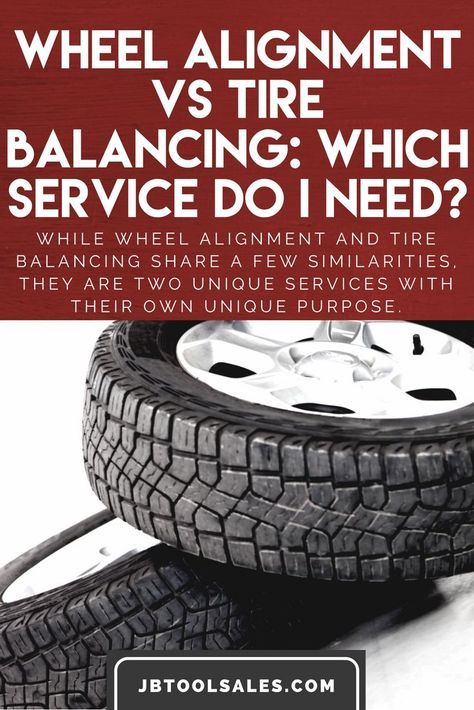 Maybe the Velcro is winter, but it should have an MS pattern on it. On the same axle, according to the traffic rules, the operation of vehicles with different tire patterns is prohibited.
Maybe the Velcro is winter, but it should have an MS pattern on it. On the same axle, according to the traffic rules, the operation of vehicles with different tire patterns is prohibited.
According to the police, summer tires should be used at temperatures not lower than 5 and 7 degrees Celsius. Basically, there are 3 seasons. In winter, it loses its properties, the braking distance increases, and the tires cease to be elastic. Therefore, even before the onset of cold weather and ice, car owners are advised to look at a tire service.
But practice shows that many North Kazakhstanis do it at the last moment. And some still have not changed their iron horses. Every day, several people on summer tires drive into the tire shop where Evgeny Cherepanov works.
Evgeniy Cherepanov, tire shop specialist:
— There is a big boom in the tire and service in tire shops. Everyone changes shoes at the peak. I would recommend our motorists to prepare in advance for this.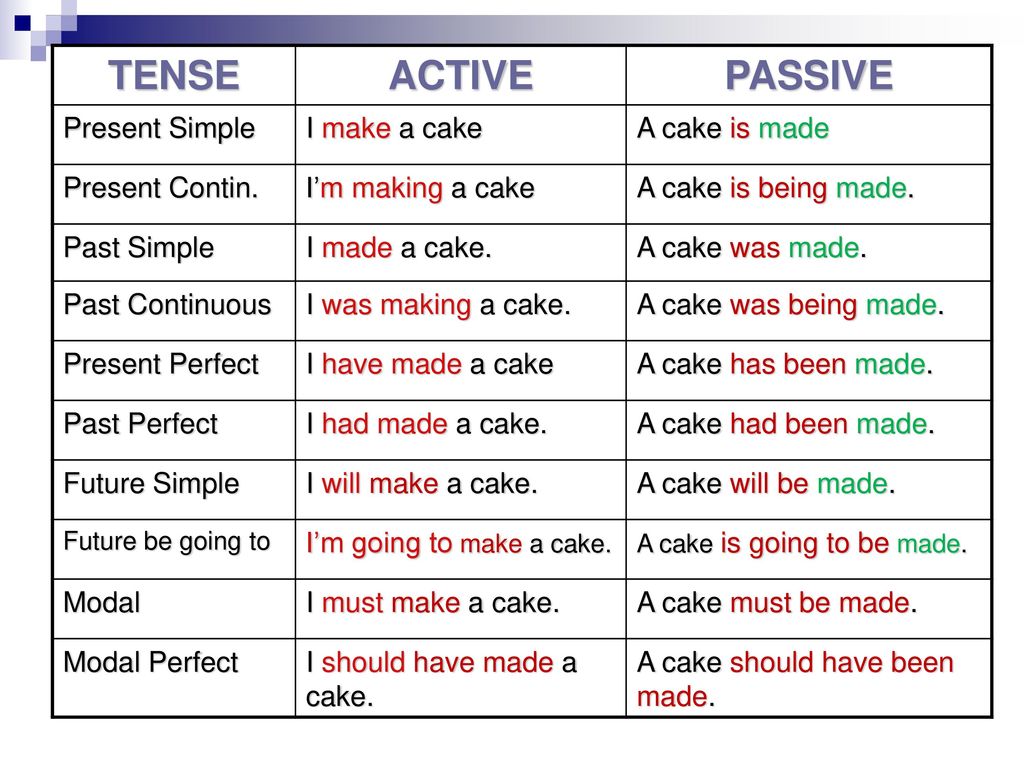 Run in the tire, prepare it for the winter period. People risk their safety and other drivers.
Run in the tire, prepare it for the winter period. People risk their safety and other drivers.
For example, on studded tires it is good to move in ice, and on friction, it is also Velcro, in the snow. To change the shoes of their iron horses, car owners have to spend a lot of money. On average, 100 thousand tenge. But some drivers buy used tires for the sake of savings.
But it can be very worn out and will not last the prescribed period. Such a car can be a great danger on the road. Before you change into someone else's old tires, it is better to first consult with a specialist.
Evgeniy Cherepanov, specialist of a tire workshop:
— It happens that people drive, roughly speaking, 3-4 thousand kilometers during the winter. During such a period, nothing terrible will happen to the tire. It can retain all its properties and also work effectively. Here everything must be considered individually.
Ordinary car owners also shared their opinion. Someone prefers to change tires in the fall, and someone believes that it is necessary to “change shoes” according to the weather.
Someone prefers to change tires in the fall, and someone believes that it is necessary to “change shoes” according to the weather.
Car owners:
- Changing in advance is also not an option, it's a pity the spikes are erased quickly. When such prerequisites come from weather conditions, then it needs to be changed. Berezhenogo-god saves
— Firstly, it's expensive, changing tires is not cheap. Secondly, queues at tire shops. Security is important, but if people don't have money.
- You need to ride on summer tires in summer, and use studded tires in winter.
- It's dangerous to drive in this ice right now. Not only will they kill themselves and they will kill others. Need to be fined.
When to change the shoes of their "iron horses", their owners must decide. The main thing is not to go on the road on summer tires and not endanger yourself and others.
Abai Alzhanov
Driving licenses and driving schools
Ticket No.
Ticket No. 11
Ticket No. 12
Ticket No. 13
Ticket No. 14
Ticket No. 15
0009Ticket No. 20
Ticket No. 21
Ticket No. 22
Ticket No. 23
Ticket No. 24
9000Ticket No. 30
Ticket No. 31
Ticket No. 32
Ticket No. 33
Ticket No. 34
Ticket No. 35 9000
Ticket No. 40
QR codes for download
We give you the opportunity to try your hand and pass a trial theoretical exam for knowledge of traffic rules. The whole process of passing the exam is absolutely similar to the exam in the traffic police: this is a test consisting of 20 questions.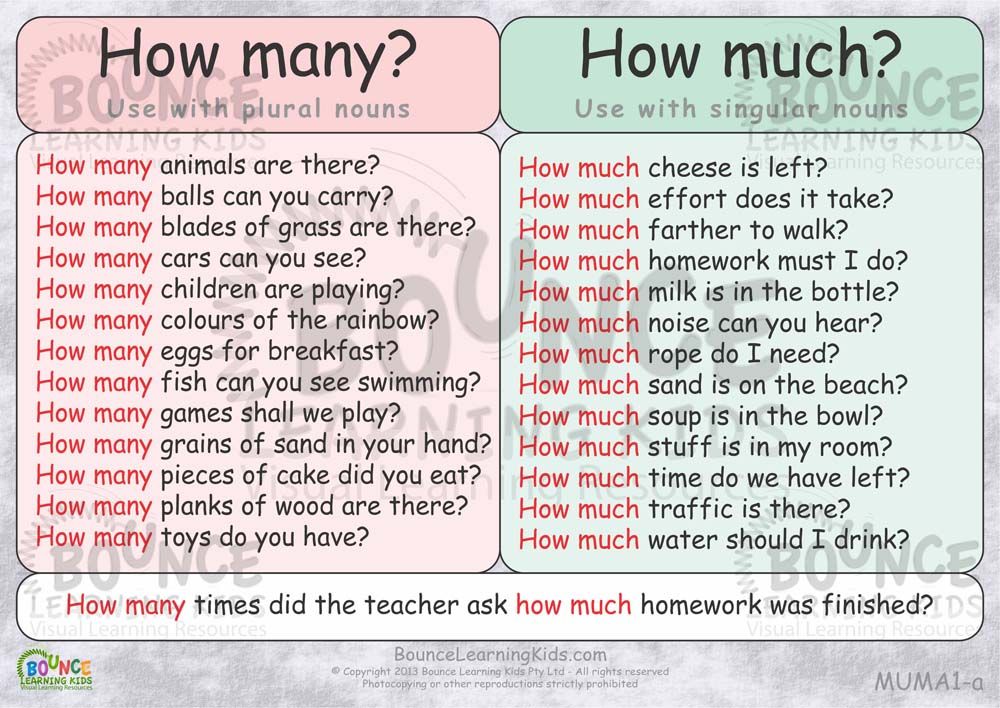 In order to successfully pass the test and pass the theoretical exam, you must correctly answer at least 18 questions. Those. only two mistakes can be made. In tests, only one option can be correct. The questions in the test are absolutely similar to the questions in the exam in the traffic police.
In order to successfully pass the test and pass the theoretical exam, you must correctly answer at least 18 questions. Those. only two mistakes can be made. In tests, only one option can be correct. The questions in the test are absolutely similar to the questions in the exam in the traffic police.
You can try to pass a test exam for any category of driving license that interests you. As a rule, the category B test is of the greatest interest to visitors - this is a category of a driver's license that allows you to drive cars with a maximum permitted weight of up to 3,500 kilograms and the number of seats, in addition to the driver's seat, does not exceed 8. That is. These are mostly cars.
Item "Psychophysiological foundations of the driver's activity" allows you to study psychophysiology of the driver. Through this course, you will learn concentrate on driving, avoid conflicts on the roads, deal with fatigue behind the wheel, competently respond to various traffic situations.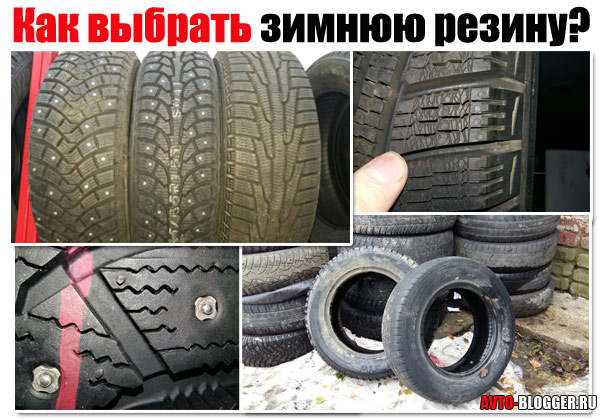
We we offer you a test on the subject "Psychophysiological foundations of activity driver”, with which you can not only test your knowledge, but also learn the material. In the "training" mode, you can immediately see the mistakes made, and by turning it off, you can check the level of your knowledge.
The test will passed if you make only one mistake.
We wish you Good luck!
Pass test
Statistics
You accepted decision to become a driver and are trained in a driving school? Then study you simply need road signs, because they are an integral part of the roads. You will need knowledge of traffic signs to be successful. passing the exam in the traffic police and the subsequent receipt of a driver's license.
Offer you to use our test "Road signs: signs of additional information”, with which you can not only test your knowledge, but and learn the material by turning on the “learning mode”. To successfully pass the test allowed to make 1 mistake.
wish Good luck!
Pass test
Statistics
You accepted decision to become a driver and are trained in a driving school? Then study you simply need road signs, because they are an integral part of the roads. You will need knowledge of traffic signs to be successful. passing the exam in the traffic police and the subsequent receipt of a driver's license.
Offer you to use our test "Road Signs: Service Signs", using which you can not only test your knowledge, but also learn the material, by turning on the learning mode. To successfully pass the test, it is allowed to admit 1 error.
wish Good luck!
Pass test
Statistics
You accepted decision to become a driver and are trained in a driving school? Then study you simply need road signs, because they are an integral part of the roads. You will need knowledge of traffic signs to be successful. passing the exam in the traffic police and the subsequent receipt of a driver's license.
Offer you to use our test "Road signs: signs of special regulations", with with which you can not only test your knowledge, but also learn material by turning on the "learning mode". Allowed to pass the test make 1 mistake.
wish Good luck!
Pass test
Statistics
You accepted decision to become a driver and are trained in a driving school? Then study you simply need road signs, because they are an integral part of the roads. You will need knowledge of traffic signs to be successful. passing the exam in the traffic police and the subsequent receipt of a driver's license.
Offer you to use our test "Road signs: information signs", with with which you can not only test your knowledge, but also learn material by turning on the "learning mode". Allowed to pass the test make 1 mistake.
wish Good luck!
Pass test
Statistics
You accepted decision to become a driver and are trained in a driving school? Then study you simply need road signs, because they are an integral part of the roads.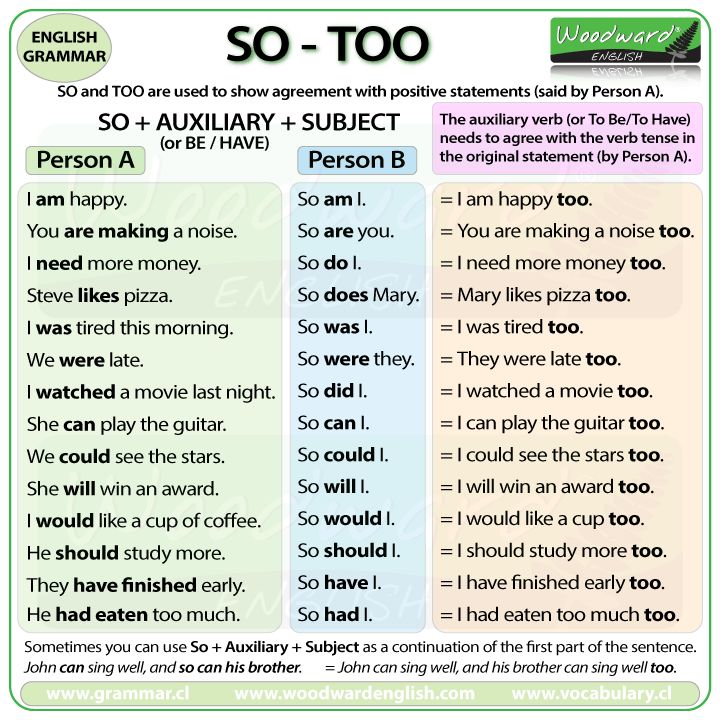 You will need knowledge of traffic signs to be successful. passing the exam in the traffic police and the subsequent receipt of a driver's license.
You will need knowledge of traffic signs to be successful. passing the exam in the traffic police and the subsequent receipt of a driver's license.
Offer you to use our test "Road signs: prescriptive signs", with with which you can not only test your knowledge, but also learn material by turning on the "learning mode". Allowed to pass the test make 1 mistake.
wish Good luck!
Pass test
Statistics
You accepted decision to become a driver and are trained in a driving school? Then study you simply need road signs, because they are an integral part of the roads. You will need knowledge of traffic signs to be successful. passing the exam in the traffic police and the subsequent receipt of a driver's license.
Offer you to use our test "Road signs: prohibition signs", using which you can not only test your knowledge, but also learn the material, by turning on the learning mode. To successfully pass the test, it is allowed to admit 1 error.
wish Good luck!
Pass test
Statistics
You accepted decision to become a driver and are trained in a driving school? Then study you simply need road signs, because they are an integral part of the roads. You will need knowledge of traffic signs to be successful. passing the exam in the traffic police and the subsequent receipt of a driver's license.
Offer you to take advantage of our Priority Road Signs test, with the help of which you can not only test your knowledge, but also learn the material, by turning on the learning mode. To successfully pass the test, it is allowed to admit 1 error.
wish Good luck!
Pass test
Statistics
Road signs are the most important attribute on the roads, because they inform drivers about hazards, repairs and other surprises on the road. They are included in the curriculum in driving schools and in exams. traffic police tickets. Without knowing the traffic signs, you will not be able to pass the exam and get a driver's license.
We invite you to take the "Warning Road Signs" test, which will not only test your level of knowledge, but also when choosing a "learning mode" will help to learn them. For a successful passage The test is allowed to make no more than one error.
Good luck!
Pass test
Statistics
Road markings are an important part of the curriculum of the future driver, regardless of which driving category you choose, because it helps to visually navigate the road. It can be applied as alone or in combination with traffic signs.
Questions on the knowledge of road markings are included in the traffic police tickets, and with the help of our test "Study of road markings", operating in two modes (training mode and normal mode), you can not It's just better to learn the material covered, but also to test your knowledge. For that to pass the test, you are allowed to make no more than one mistake.
Start taking the test now. good luck on exams!
Pass test
Statistics
Share with friends
Newsletter updated!
All texts on this website are copyrighted and protected by copyright.